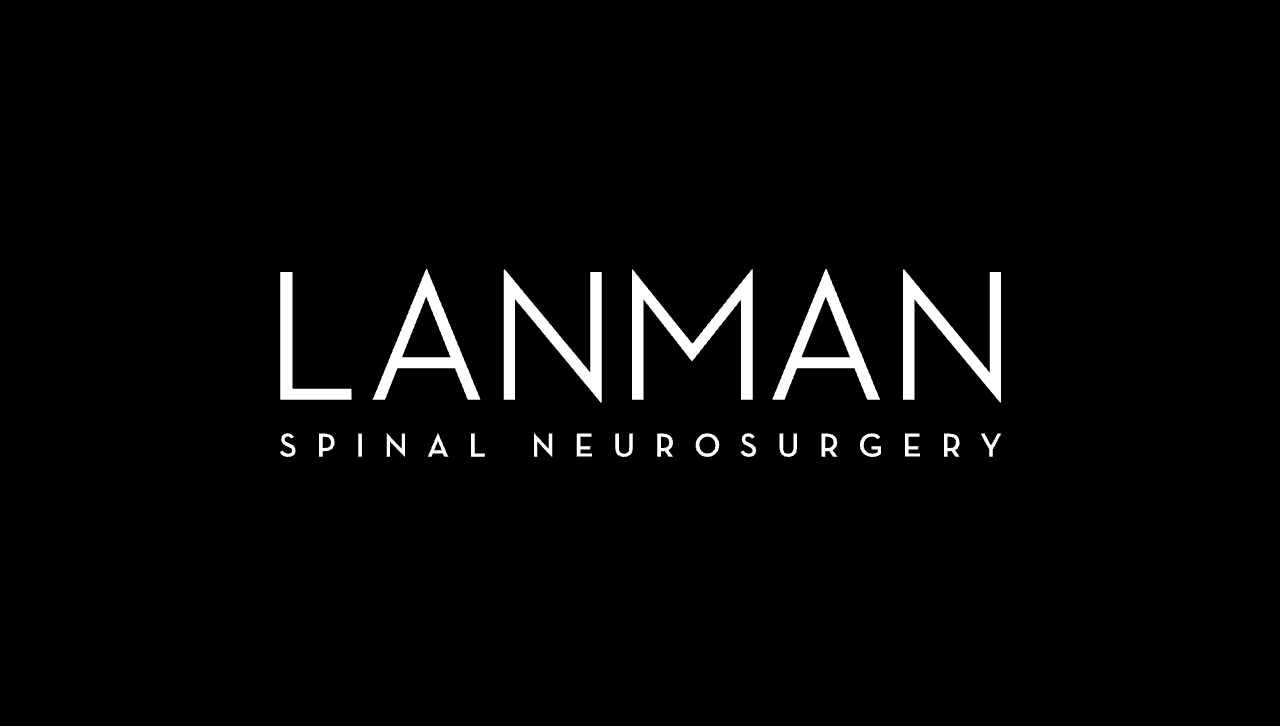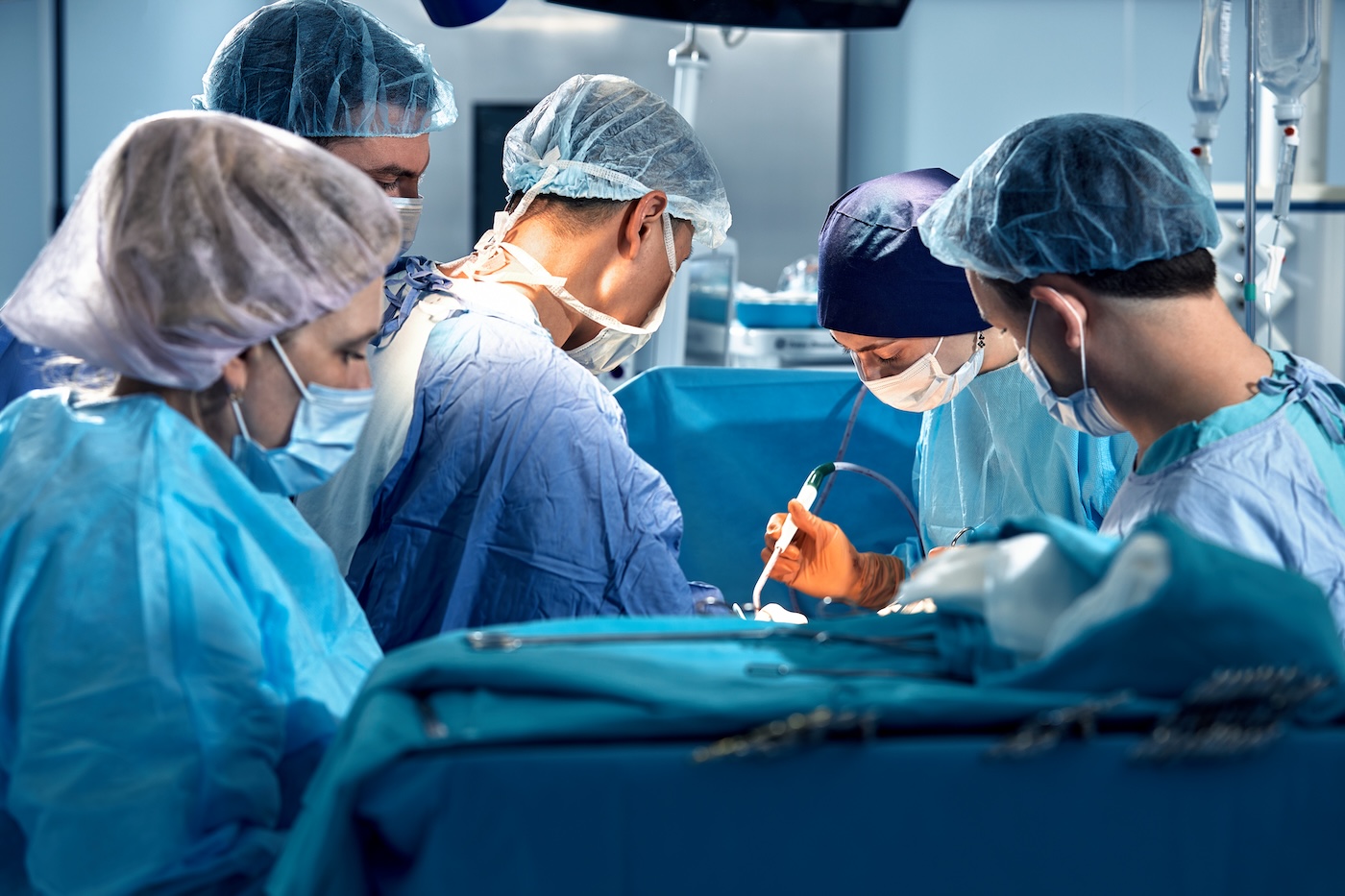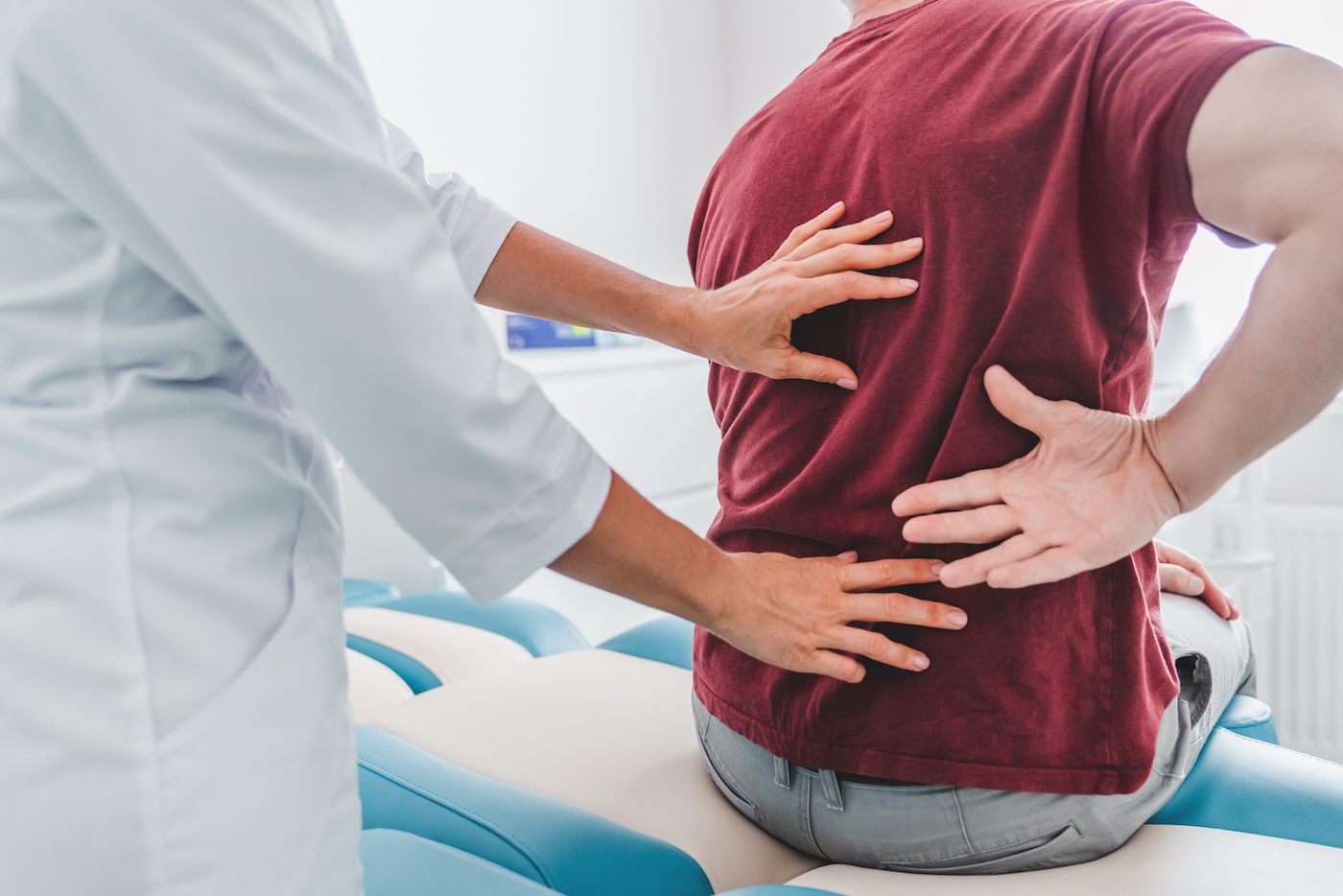Most people who experience a herniated disc will improve with time. A herniated disc may not technically heal completely, but it can shrink and/or become less painful. However, how do you know if your herniated disc is healing? What are the signs that it is not? Dr. Todd Lanman addresses these and other important questions about herniated discs.
Timeline of Herniated Disc Healing
A herniated disc tends to heal gradually and usually progresses through stages, each with its own characteristics and challenges.
Stage 1: Acute Inflammation (1-2 days to 2 weeks)
This initial stage is often the most painful. You may experience:
Intense pain in the affected area, like your lower back or neck.
Radiating pain down your leg (sciatica) if the herniation affects a nerve in your lower back.
Muscle spasms around the affected area.
Numbness or tingling in the affected area.
Difficulty moving or bending.
Treatment: In this stage, the focus is on pain management and preventing further damage. This may involve:
Rest and activity modification to avoid aggravating the disc.
Ice and heat therapy to reduce inflammation.
Over-the-counter pain relievers or muscle relaxants.
Anti-inflammatory medications.
Physical therapy to teach you safe stretches and exercises to promote healing and prevent future problems.
Stage 2: Gradual Improvement (2-6 weeks)
If the initial treatment is effective, you should start to see a gradual improvement in your symptoms during this stage. You may experience:
Decreased pain intensity and frequency.
Reduced muscle spasms.
Improved range of motion.
Less numbness or tingling.
You can continue with the treatments from stage 1, adjusting as needed based on your progress. You may also be able to begin more advanced physical therapy exercises to strengthen your core muscles and improve your mobility.
Stage 3: Plateau and Stabilization (6-12 weeks)
In this stage, your pain may have significantly improved, but it may still be present, especially with certain activities. You may also experience:
Occasional flare-ups of pain after strenuous activity.
Some residual stiffness or tightness in the affected area.
The focus in this stage is on maintaining your progress and preventing future problems. You may continue with physical therapy exercises and gradually return to your normal activities, making sure to listen to your body and avoid reinjury.
Stage 4: Long-Term Management (Beyond 12 weeks)
Most people with herniated discs experience significant improvement by this stage and can resume their normal activities. However, you may still have occasional flare-ups of pain, especially if you don’t maintain good posture, core strength, and flexibility.
The focus in this stage is on preventing future episodes and maintaining your overall health and well-being. This may involve:
Continuing with regular physical therapy exercises to maintain core strength and flexibility.
Practicing good posture and body mechanics in your daily activities.
Maintaining a healthy weight.
Avoiding smoking and excessive alcohol consumption.
Remember that everyone heals at their own pace. These stages are a general guideline, and the actual timeframe for your recovery may vary. Recovery depends on age, overall health, severity of the herniation, and activity level.
Another point to remember is that not all herniated discs fully heal. While the bulging may shrink and pain lessens, the tear in the disc annulus often remains. Surgery may be needed to correct a herniated disc that still causes pain and disability after conservative treatments.
Signs Herniated DIsc is Healing
Early Indicators of Improvement
The early stages of healing after a herniated disc may include noticeable improvements in various aspects of physical well-being. Recognizing these signs is crucial for patients and healthcare professionals alike, as they signify progress healing and recovery.
Reduced Pain:
The first and most noticeable sign is reduced pain. As inflammation subsides and pressure on nerves decreases, the general pain in your back will begin to lessen. If the herniation affected a nerve causing sciatica or leg pain, a reduction in its intensity or spread down the leg is a positive sign.
Improved Mobility:
An increase in the ability to move or bend without severe pain is a positive indication of healing. As pain becomes manageable, you’ll likely notice an improvement in your ability to move freely and perform daily activities without discomfort.
Less Nerve Irritation:
If the herniation caused numbness or tingling in your legs or arms, a return to normal sensation is a positive indicator of healing nerves. Likewise, a decrease in pins and needles sensations is a good sign that the irritation on the nerves is lessening.
Decreased Muscle Spasms:
With reduced pain, muscle spasms around the affected area often relax and decrease, leading to improved mobility.
Better sleep:
Pain often disrupts sleep. Improved sleep patterns due to reduced nighttime pain can be a good sign of progress.
Progression Through Healing Stages
The progression through various stages of healing provides further insights into the overall recovery from a herniated disc. Understanding these stages can help you gauge your progress and adjust your expectations accordingly.
Pain Shifts:
Pain may shift from sharp and constant to more intermittent and manageable. This transition signifies positive changes in the underlying structures and reduced pressure on affected nerves.
Recovery of Function:
Regaining the ability to perform daily tasks with less difficulty is a key sign of functional recovery. Patients may notice improved strength, coordination, and function as the healing process continues.
Decreased Medication:
A reduction in reliance on pain medications indicates progress in managing pain through natural healing mechanisms. As symptoms improve, the need for medications may decrease, contributing to a more independent and sustainable recovery.
Improved Sleep:
Better quality sleep due to reduced nighttime discomfort is crucial for overall well-being. As healing occurs, patients often experience improved sleep patterns, contributing to enhanced recovery and daytime functionality.
Others (If Applicable):
Individual variations may lead to other positive indicators, such as improved mood, increased energy levels, or a return to previously enjoyed activities.
Diagnostic Tools and Monitoring
Diagnostic tools and regular monitoring are important for assessing the progress of herniated disc healing. These tools provide valuable insights that complement the subjective experiences reported by patients.
Imaging Results:
Positive changes in MRI or X-ray images serve as clear signs of healing. Comparing images over time allows healthcare providers to visualize the structural improvements in the affected disc and surrounding tissues.
Medical Examination:
Feedback from healthcare providers during medical examinations provides valuable insights into the progress of healing. Physical examinations, neurological assessments, and discussions about symptoms contribute to a comprehensive understanding of the recovery status.
Follow-Up Appointments:
Scheduled follow-up appointments with the medical team play a crucial role in tracking improvement. These appointments allow for adjustments to the treatment plan, addressing any emerging concerns, and ensuring a collaborative approach to the ongoing recovery process.
Neurophysiology
Additional diagnostic tools or monitoring measures, such as electromyography (EMG) and nerve conduction studies may be helpful for some people.
Final Thoughts from Dr. Todd Lanman
Recognizing Variations in Healing Time Based on Individual Cases
Dr. Todd Lanman, a world renowned expert in spine surgery, wants patients to know that herniated disc healing differs from person to person. Reduced pain, improved mobility, and other positive developments are key indicators of herniated disc healing. If you are not sure if your herniated disc is healing properly or you think it may be getting worse, schedule your consult with Dr. Lanman. Remember, patience and diligence during the recovery process are paramount for a successful outcome; however, seeking professional advice may help you expedite and maximize your recovery.
FAQS:
What is the general timeline for herniated disc healing?
The general timeline for herniated disc healing can vary depending on the severity of the herniation, your overall health, and the treatment you receive. However, most people experience some improvement within the following timeframe:
1-2 days to 2 weeks: This is the acute inflammation stage, where you’ll likely experience the most pain.
2-6 weeks: During this stage, you should start to see a gradual improvement in your symptoms, with decreased pain and increased mobility.
6-12 weeks: This is the plateau and stabilization stage, where your pain may have significantly improved, but you may still experience occasional flare-ups.
Beyond 12 weeks: In the long-term management stage, most people can resume their normal activities, but it’s important to focus on preventing future episodes through exercise, good posture, and healthy lifestyle choices
Can signs of herniated disc healing vary from person to person?
Yes. Signs of herniated disc healing can vary significantly from person to person. Several factors contribute to these individual differences in the healing process including the severity of the herniation, overall health and fitness level, age, genetic predisposition, pre-existing conditions, and adherence with/participation in rehabilitation.
Are there any red flags that suggest a herniated disc is not healing as expected?
While the majority of individuals with a herniated disc will experience positive signs of healing during the recovery process, there are certain red flags that may indicate that healing is not progressing as expected. Some red flags may include: persistent or worsening pain, increasing nerve symptoms, new or worsening weakness, loss of bladder or bowel control, or deficits in neurological function.
How can lifestyle choices, like exercise and diet, impact the healing of a herniated disc?
Lifestyle choices significantly influence the healing of a herniated disc. Maintaining a healthy weight reduces spinal stress, while practicing good posture minimizes strain on the affected disc. Regular, low-impact exercise strengthens supporting muscles and improves flexibility. Avoiding tobacco supports healing by enhancing blood flow. Stress management techniques alleviate muscle tension, and ergonomic habits reduce spinal strain. Adequate hydration and a nutrient-rich diet contribute to overall healing, while proper sleep is crucial for tissue repair. Consulting with healthcare professionals for personalized advice is essential, ensuring a holistic approach to herniated disc recovery that combines medical interventions with positive lifestyle choices.
What should I discuss with my healthcare provider during follow-up appointments to track healing progress?
Some issue and questions to consider with your healthcare provider include:
What pain management strategies are recommended?
Are there specific exercises or activities that can be added to enhance recovery?
Am I using pain medications appropriately, and should there be any adjustments?
Are there specific dietary recommendations to support healing?
What lifestyle changes can I make to expedite recovery?
How would you assess my overall progress compared to expectations?
Are there adjustments needed in the treatment plan?








